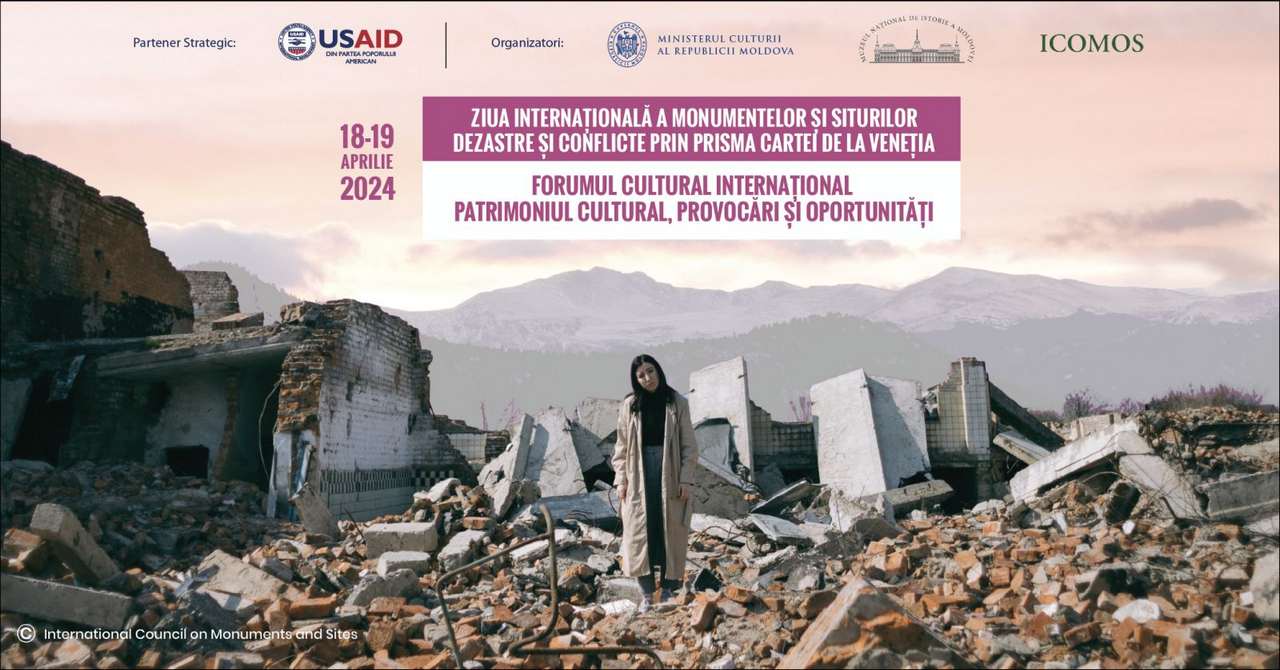  Events Archive Events Archive
International Cultural Forum "Cultural Heritage, Challenges and Opportunities", dedicated to the International Day of Monuments and Sites
April 18-19, 2024
 During April 18-19, 2024, the first International Cultural Forum "Cultural Heritage, Challenges and Opportunities", dedicated to the International Day of Monuments and Sites, was successfully held at the headquarters of the National Museum of History of Moldova. The event was organized with the aim of examining the various aspects of cultural heritage, highlighting both the challenges and opportunities it presents, underlining the importance of preserving and promoting the rich cultural heritage of Moldova and Europe. During April 18-19, 2024, the first International Cultural Forum "Cultural Heritage, Challenges and Opportunities", dedicated to the International Day of Monuments and Sites, was successfully held at the headquarters of the National Museum of History of Moldova. The event was organized with the aim of examining the various aspects of cultural heritage, highlighting both the challenges and opportunities it presents, underlining the importance of preserving and promoting the rich cultural heritage of Moldova and Europe. The forum brought together participants from various countries, including Romania, Ukraine, Latvia, France, the Netherlands, Italy and the Republic of Moldova, providing a platform for dialogue and collaboration between national and international experts, cultural actors and relevant institutions. With a total of 31 speakers and 29 presentations on topical issues, the Forum facilitated deep discussions on cultural heritage policy, economic development, heritage conservation in the face of disasters and conflicts, built cultural heritage, rural architectural heritage and monumental fine art. During this event, 4 relevant exhibitions were inaugurated, giving participants the opportunity to explore the diversity and richness of the cultural heritage. Through these exhibitions and interdisciplinary discussions, the Forum promoted awareness and appreciation of the value of cultural heritage, strengthening connections and formulating strategies for the future direction of Moldova's cultural and tourism industry. The organizers of the International Cultural Forum "Cultural Heritage, Challenges and Opportunities" express their gratitude to all the participants and partners involved in the realization of this successful event and express their commitment to continue dialogue and collaboration in order to preserve and promote cultural heritage. We look forward to the next editions of this Forum, which will continue to make significant contributions to the development and promotion of European cultural heritage.
|
 31 August 1989 St., 121 A, MD 2012, Chisinau, Republic of Moldova
31 August 1989 St., 121 A, MD 2012, Chisinau, Republic of Moldova
























































